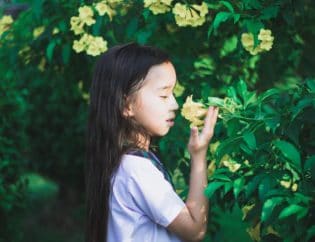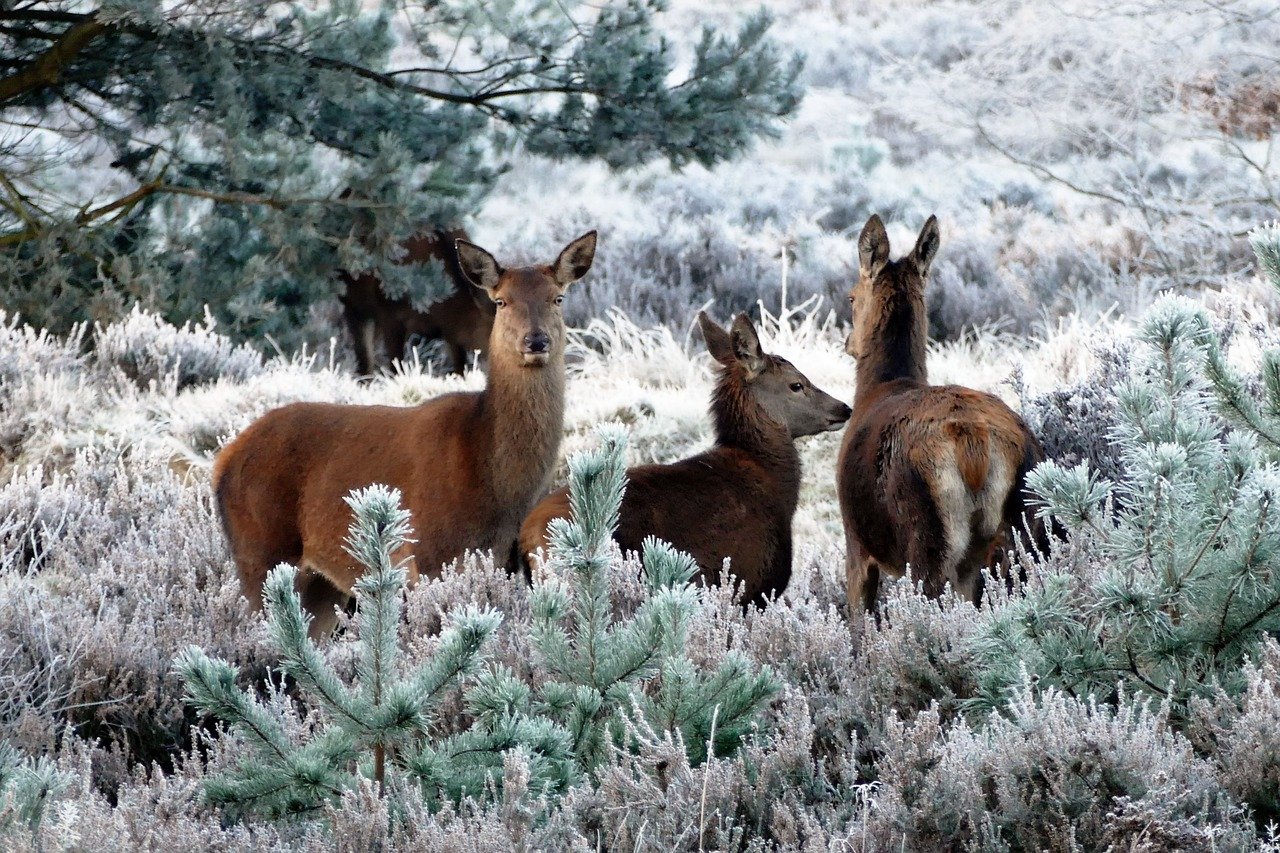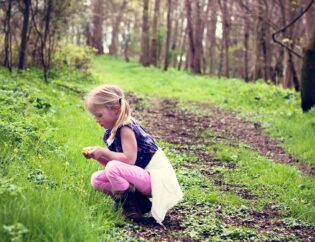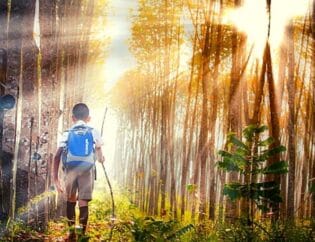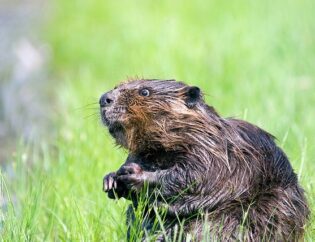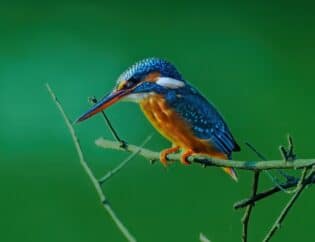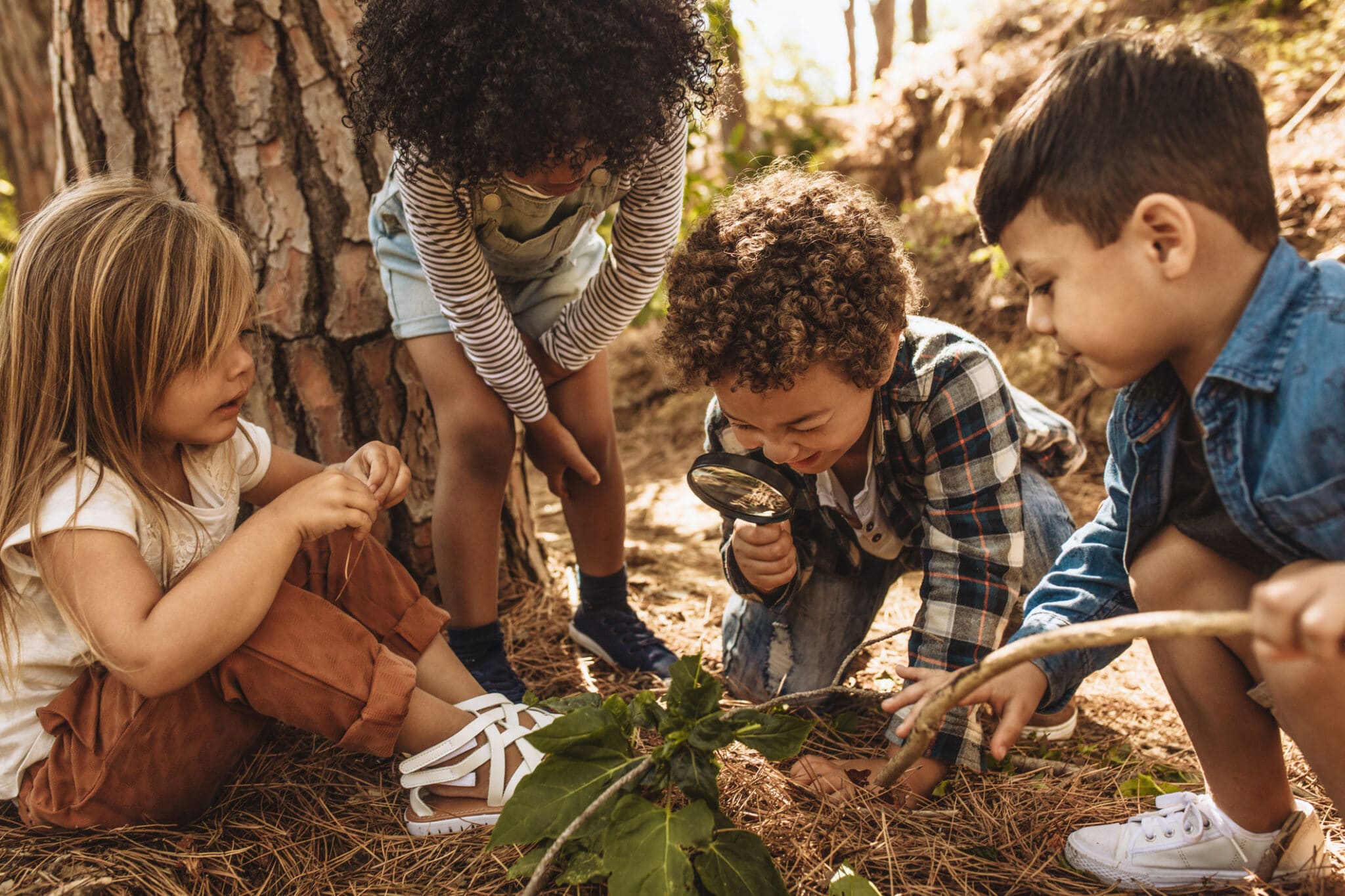
Nature-based or outdoor-based schools have become somewhat of a trend over the past few years, rising steadily in popularity for the past decade and experiencing a surge in interest during the pandemic. As the benefits of learning outdoors become more widely known, it’s important to remember that not every school is the same. The degree of nature your child may be getting in a nature-based school varies based on the school and its approach.
To help you decide if a nature-based school is a good fit for your family, get to know the facts on the state of nature-based schools.
How much “nature”?
Ideally, a school that touts the importance of the outdoors and nature should offer hands-on experiences such as climbing trees, splashing in mud and learning about the natural world in a diverse natural setting. And while you might imagine that nature-based schools fully immerse children in the outdoors most of the day, that's not always the case. The amount of time students spend outside will vary by program.
Just because a school has ample and beautiful outdoor space, don’t assume that means the students are spending enriching outdoor time out there all day or even exploring the natural world with abandon. A school could have a beautiful campus but not bring children outside often through the day. Some schools might take kids outside under highly structured conditions. Some don’t allow kids to climb trees or independently explore nature. Some schools leave out natural history. Others frown upon stick play or risky play.
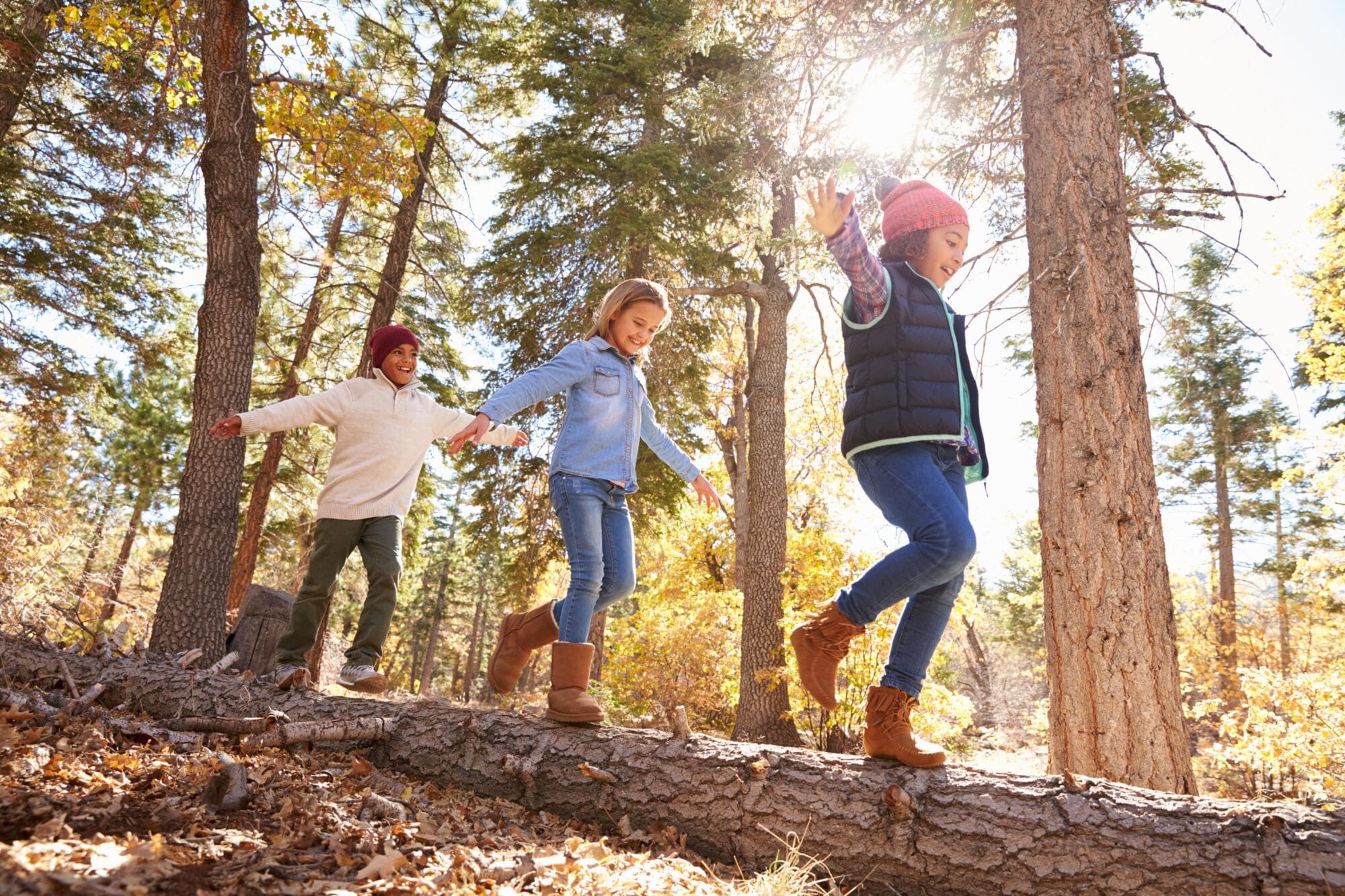
Remember kids don't need fancy or expensive trappings to benefit from the outdoors. The campus doesn’t need a treetop zip line or elaborate climbing structures. Of course, features such as safe wood beams to balance on, stumps or tree cookies to sit on, fort-making materials, a tarp for rain protection, or sticks to turn into wands can all help stimulate a child’s interest and make them feel comfortable spending the day outside. But the most vital ingredient in the outdoor campus is encouragement for free and creative exploration.
Is nature-based right for your child?
While romping around with abandon in nature, building autonomy, developing resilience, cultivating creativity and problem-solving skills are appealing to many parents, nature-based schools might not appeal to all. There is a reason for such a wide range in the approaches of nature-based schools: the term “nature-based” does not have to be earned or applied for. While there are certificate programs for nature-based early educators and professional practices and guidelines for nature-based early childhood education available from Natural Start/NAAEE, these are just guidelines and not requirements.
As most outdoor or nature schools are independent, many are unaccredited and unlicensed. In fact, up until 2019, no outdoor preschool was licensed in the U.S. This will be unappealing to many parents. Educational accreditation is a type of quality assurance process under which services and operations of educational institutions or programs are evaluated by an external body to determine if applicable standards are met. If standards are met, accredited status is granted by the appropriate agency. Licensing is obtaining this accreditation from a legitimate organization. Once achieved, licensing and/or accreditation usually function as proof that specific standards have been met
While being unlicensed allows a school certain freedoms to decide its own philosophy, approach and curriculum, licensing could allow programs to expand to full-day programs, accept state child care subsidies, which would make them more affordable, and it ensures that as schools expand, teachers know how to operate safely.
On the flip side, being licensed can also change the very nature of nature-based schools. Oregon, Colorado and Washington are the only states currently moving forward to make outdoor programs mainstream, and these extend solely to outdoor preschools. Regulators in Colorado and Washington are developing rules that could lead to outdoor preschools becoming fully licensed. As such, Washington state has 97 pages of rules for outdoor preschools, such as the teacher-student ratio for playing in water or climbing trees. Staff must also have credentials in both early childhood and environmental education.
As many move toward licensing, outdoor educators are finding that they do not always agree with states about what’s safe. While fire and sharp tools are everyday features in a traditional forest school, state regulators would likely never allow them around young children. Licensing can be difficult, because “our system really isn’t set up for that,” Christy Merrick of the Natural Start Alliance told NBC. Merrick says she has heard of licensing agents asking traditional preschools to remove trees from their playgrounds “because the roots are a tripping hazard.”
What makes a good nature-based school
When it comes to choosing a child’s nature-based preschool, author and professor David Sobel (who founded one of the nation’s first nature-based early childhood teacher training programs back in 2013) told NBC that nature-based schools should focus on a trifecta of skills, “They have to be good at early childhood education, and they have to be good at natural history and risk management.”
Sobel’s recipe can be applied to all levels of nature-based education, not just nature preschools. Be sure that the school you are considering prioritizes all three areas, which are considered key for delivering the full menu of benefits of a nature-based education experience.
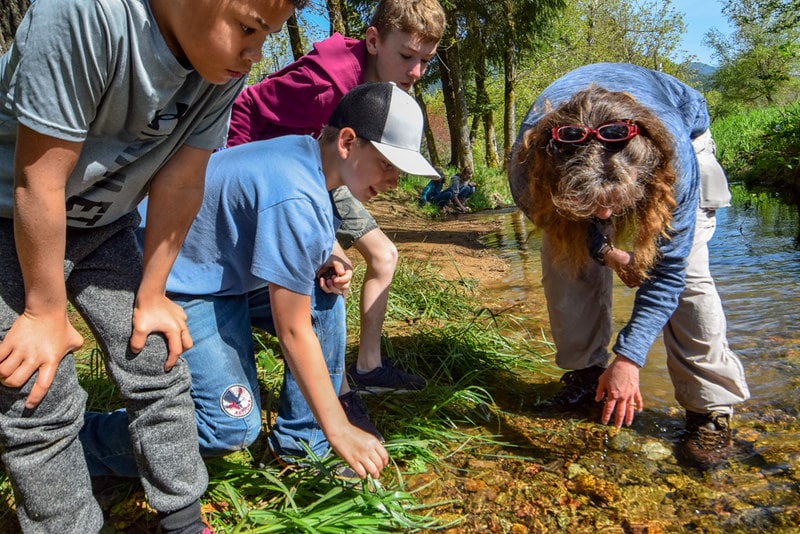
If your school doesn’t deliver on natural history, ask them why not? Understanding the natural world is key to helping a child appreciate nature, fostering a love for the natural world and encouraging the child to protect nature as a lifelong choice.
If the school does not encourage risky play, consider that risky, active, engaging experiences, are crucial to delivering the benefits of nature to a child. If the school, for example, doesn’t allow tree climbing, stick play or other risky play activities, the benefits of which have been firmly established, wonder if it truly values play and learning outdoors.
As a parent making the crucial decision on where and how to educate your child, being discerning and asking questions will become even more important as the movement grows. Nature-based learning expert Dr. Sackville-Ford told the New York Times that she is concerned that more places will start adopting terms like “nature-based” and “forest school” without also embracing the full spectrum of practices and philosophies that go with it. As these become buzzwords, you will undoubtedly come across more schools that adopt the approach in name only.
Here are a few questions you might want to ask the nature-based school you are considering:
- How often do the children go outside? In what weather?
- What’s the school policy if a child comes to school unprepared for the elements?
- Is outdoor play unstructured or is it adult-led?
- What curriculum do you use?
- Are there nature walks/hikes?
- Do the teachers know nature? Can they help the children explore nature with a naturalist’s eye?
- Will your children learn about nature?
- Will they become mini naturalists of the local environment?
- Does every classroom have a view of nature?
- Do the children garden?
- Are there field trips to parks, hikes, local nature spots? Does the school bring in naturalists to lead talks on birds, insects, other critters in the ecosystem?
- How does nature fit into the curriculum? How is natural history a part of the learning curriculum? Will all children know what an ecosystem is? Ecology? Climate? Botany? Ornithology? Remember that critters get children excited about learning about nature.
- Are outdoor survival skills taught?
- How does nature-based look as children get older? Younger children are often the lower-hanging fruit. Easy to get them outdoors to explore. But children lose interest as they get older and so this is precisely the time to activate their interest with more risky play, deeper explorations, etc.



